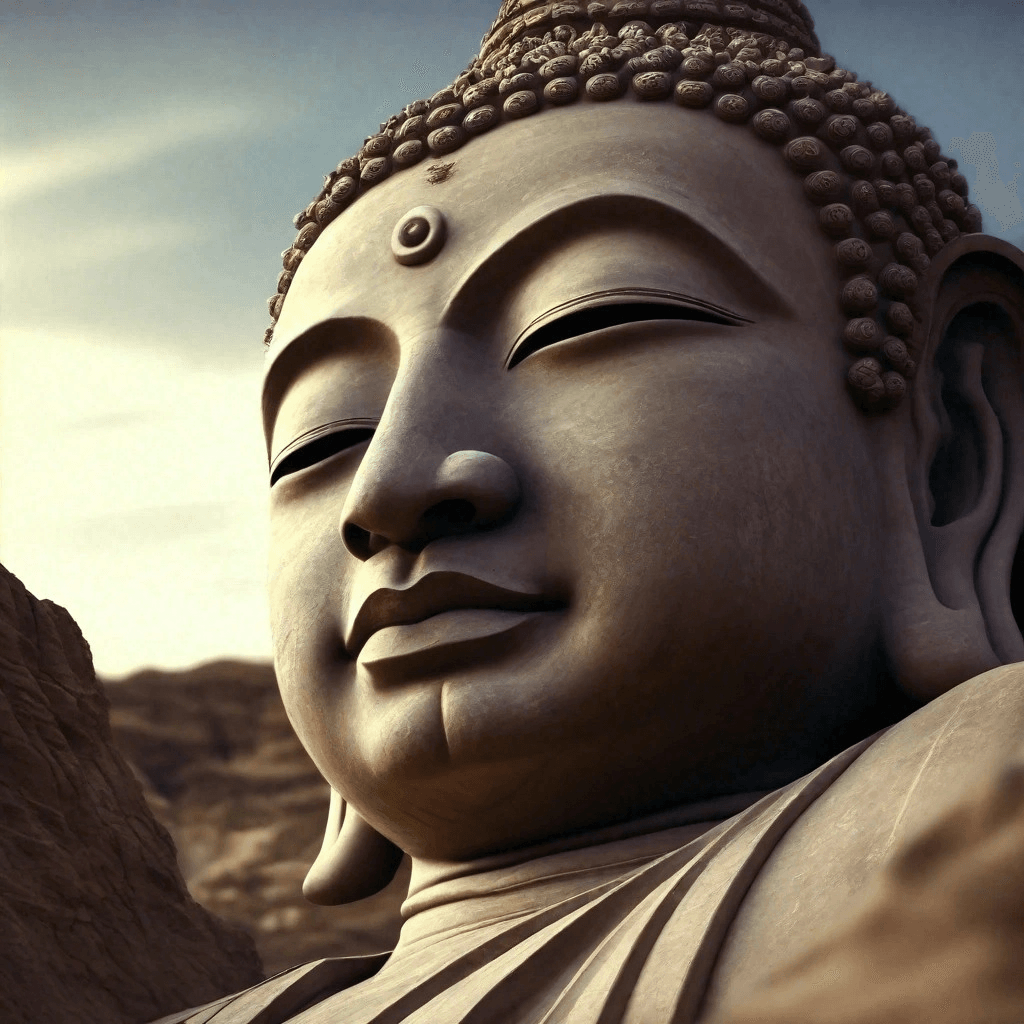
8.Yoga Poses to Relieve Back Pain
Yoga Poses to Relieve Back Pain
Back pain is a common issue that affects many people, whether due to poor posture, muscle strain, or prolonged sitting. Yoga offers a range of poses that can help alleviate back pain by stretching and strengthening the muscles around the spine, improving flexibility, and promoting proper alignment. Here are some effective yoga poses to help relieve back pain:
1. Child’s Pose (Balasana)
How to Do It:
– Kneel on the mat with your big toes touching and knees apart.
– Sit back on your heels and fold forward, extending your arms in front of you or resting them by your sides.
– Rest your forehead on the mat and take deep, calming breaths.
Benefits:
– Gently stretches the lower back, hips, and thighs.
– Helps to relieve tension and promote relaxation.
– Provides a gentle stretch for the spine and helps to release lower back discomfort.
2. Cat-Cow Pose (Marjaryasana-Bitilasana)
How to Do It:
– Start on your hands and knees in a tabletop position with wrists under shoulders and knees under hips.
– Inhale, arch your back and lift your head and tailbone (Cow Pose).
– Exhale, round your spine, and tuck your chin to your chest (Cat Pose).
– Continue flowing between these two positions with your breath.
Benefits:
– Increases spinal flexibility and warms up the back muscles.
– Helps to relieve tension in the back and improve posture.
– Promotes movement in the spine and can help reduce stiffness.
3. Downward-Facing Dog (Adho Mukha Svanasana)
How to Do It:
– Start on your hands and knees with wrists aligned under shoulders and knees under hips.
– Tuck your toes and lift your hips towards the ceiling, forming an inverted “V” shape.
– Press your heels toward the floor and extend your arms and legs.
Benefits:
– Stretches the hamstrings, calves, and lower back.
– Strengthens the arms and core, providing support to the spine.
– Helps to relieve tension in the back and improve overall alignment.
4. Sphinx Pose (Salamba Bhujangasana)
How to Do It:
– Lie on your stomach with your legs extended and tops of your feet pressing into the floor.
– Place your forearms on the mat with elbows under shoulders and lift your chest.
– Keep your shoulders relaxed and gaze forward.
Benefits:
– Gently stretches the lower back and strengthens the spine.
– Opens the chest and shoulders, reducing tension.
– Helps to relieve mild back pain and improve posture.
5. Bridge Pose (Setu Bandhasana)
How to Do It:
– Lie on your back with your knees bent and feet hip-width apart.
– Press your feet into the mat and lift your hips toward the ceiling.
– Interlace your fingers under your back and press your arms into the floor.
Benefits:
– Strengthens the lower back, glutes, and legs.
– Stretches the spine, chest, and hip flexors.
– Can help relieve lower back tension and improve posture.
6. Seated Forward Bend (Paschimottanasana)
How to Do It:
– Sit with your legs extended straight in front of you.
– Inhale, lengthen your spine, and reach your arms overhead.
– Exhale, fold forward from your hips, reaching for your feet, shins, or using a strap.
Benefits:
– Stretches the hamstrings, lower back, and spine.
– Helps to release tension in the back and improve flexibility.
– Promotes relaxation and helps to calm the nervous system.
7. Supine Spinal Twist (Supta Matsyendrasana)
How to Do It:
– Lie on your back with your knees bent and feet flat on the floor.
– Drop your knees to one side and extend your arms out to the sides in a T-shape.
– Turn your head to the opposite side and hold for several breaths before switching sides.
Benefits:
– Stretches the spine, hips, and shoulders.
– Improves spinal flexibility and helps to relieve back pain.
– Aids digestion and promotes relaxation.
8. Cobra Pose (Bhujangasana)
How to Do It:
– Lie on your stomach with your legs extended and tops of your feet pressing into the floor.
– Place your hands under your shoulders and press into the mat to lift your chest.
– Keep your elbows close to your body and avoid collapsing into the lower back.
Benefits:
– Stretches the chest, shoulders, and abdomen.
– Strengthens the lower back and improves spinal flexibility.
– Helps to relieve mild back pain and improve posture.
9. Happy Baby Pose (Ananda Balasana)
How to Do It:
– Lie on your back and bring your knees toward your chest.
– Grab the outer edges of your feet with your hands and gently pull your knees toward the floor.
– Keep your feet flexed and your lower back pressed into the mat.
Benefits:
– Stretches the hips, lower back, and groin.
– Relieves tension in the lower back and promotes relaxation.
– Can help to release accumulated stress and tension.
10. Legs-Up-the-Wall Pose (Viparita Karani)
How to Do It:
– Sit next to a wall and lie down on your back.
– Swing your legs up against the wall and rest them there, with your arms by your sides.
– You can place a folded blanket or bolster under your hips for additional support.
Benefits:
– Relieves tired legs and feet.
– Promotes relaxation and reduces lower back tension.
– Improves circulation and helps to relieve stress.
Tips for Practicing Yoga for Back Pain Relief
1. Warm Up: Start with gentle stretches and movements to warm up your muscles before attempting deeper stretches or more challenging poses.
2. Listen to Your Body: Avoid pushing yourself into any pose that causes pain. Modify poses as needed and use props for support.
3. Focus on Alignment: Proper alignment is crucial for preventing injury and effectively relieving back pain. Pay attention to your body’s positioning.
4. Practice Regularly: Consistency is key to experiencing long-term relief. Incorporate these poses into your routine several times a week.
5. Consult a Professional: If you have severe or chronic back pain, consult a healthcare provider or a certified yoga instructor for personalized advice and modifications.
Incorporating these yoga poses into your routine can help alleviate back pain by stretching and strengthening the muscles that support your spine. Consistent practice, combined with mindfulness and proper alignment, can lead to improved back health and overall well-being.



